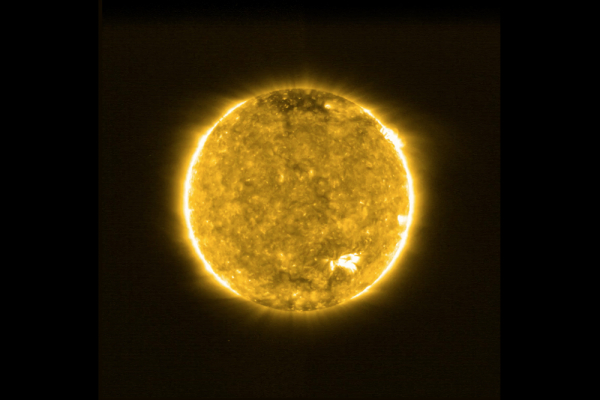The first images of the Solar Orbiter mission show a new phenomenon in the Sun
The shots that have reached Earth from the Energy Particle Detector (EPD) instrument, led by Universidad de Alcalá Space Research Group and aboard the Solar Orbiter space mission, reveal mini-eruptions of plasma near the surface. This could explain why on the surface of the Sun the temperature is lower than on the crown, located thousands of kilometers away.
Last February 10, the Solar Orbiter mission , developed by the European Space Agency (ESA) in collaboration with NASA, was launched from Cape Canaveral with the aim of getting as close to the Sun as possible and investigating why the solar wind creates and controls the gigantic fully ionized gas bubble that surrounds it, known as Heliosphere, and how it influences the planets contained therein, particularly on Earth.
To do this, on board Solar Orbiter are ten scientific instruments, four on-site (including the EPD, funded by the Ministry of Science, Innovation and Universities-ERDF, DLR, ESA and NASA) and six remote sensing instruments. In situ instruments measure the conditions surrounding the ship itself, while remote sensing instruments measure what happens at long distances, on the Sun itself.
Energetic Particle Detector (EPD) led by Javier Rodríguez-Pacheco, professor of Astronomy and Astrophysics at the Universidad de Alcalá, as part of a consortium that also includes the University of Kiel (Germany) and Johns Hopkins University (USA). It is the instrument in charge of studying the composition, flows and variations of the energy particles emitted by the Sun.
Thanks to these tools, the minieruptions of the Sun's surface have already been observed, which will help to decipher the enigmas that this great star hides.
Publicado en: Inglés
